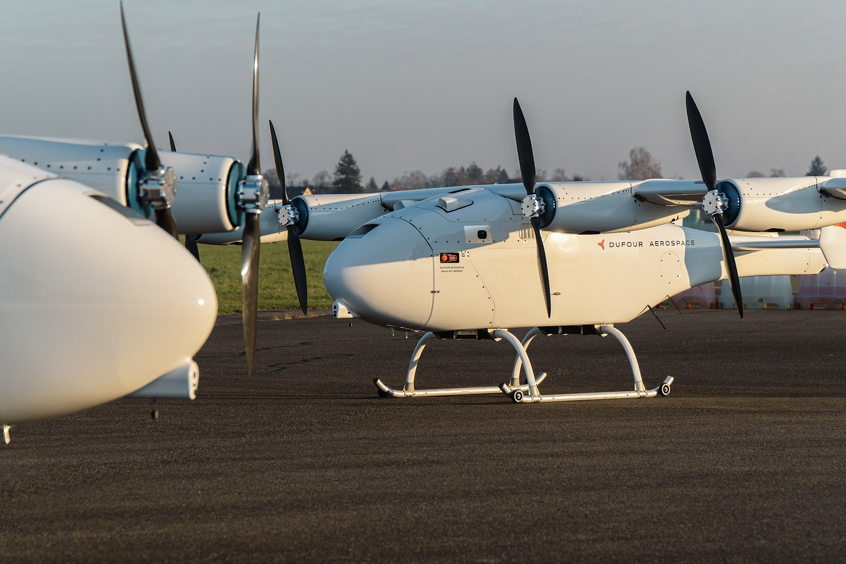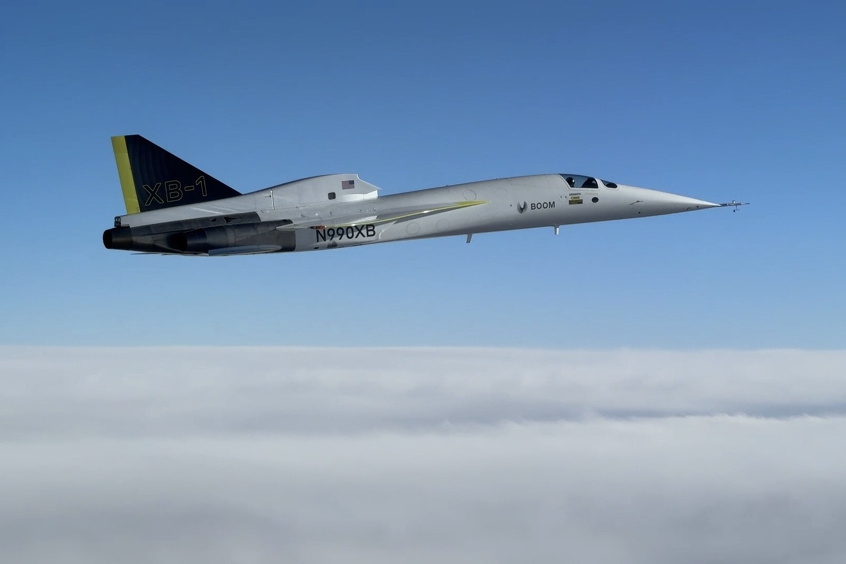GE Aviation completed testing a 35% additive manufactured demonstrator engine to validate 12 additive parts in its Advanced Turboprop (ATP) engine, which will power the all-new Cessna Denali single-engine turboprop aircraft. Additive components reduce the ATP's weight by 5% while contributing a 1% improvement in specific fuel consumption (SFC).
An additive CT7 technology demonstrator engine, dubbed the "a-CT7," was designed, built and tested in 18 months, reducing more than 900 conventionally manufactured parts to 16 additive manufactured parts. The ATP engine architecture is derived from the in-service CT7 engine, allowing for additive part commonality between the two engine programs.
The ATP will include more printed components than any production engine in aviation history with 35% of the turboprop's parts built via additive manufacturing. 855 conventionally manufactured parts will be reduced to 12 additive parts on the ATP, including: sumps, bearing housings, frames, exhaust case, combustor liner, heat exchangers and stationary flowpath components.
In July, GE Aviation introduced into airline service its first additive jet engine component - complex fuel nozzle interiors - with the LEAP engine. The LEAP engine is the new, best-selling engine from CFM International, a 50/50 joint company of GE and Safran Aircraft Engines of France. The same team of eight engineers responsible for designing the LEAP fuel nozzle interiors led the design effort for the 16 additive parts tested in the a-CT7.
In the coming months, GE will run a second a-CT7 test with even more additive parts to expand the technology to additional structures and assemblies. The additive components for a-CT7 and ATP tests are built at GE Aviation's Additive Development Center (ADC) in Cincinnati, Ohio. The a-CT7 tests are conducted at GE Aviation's facility in Lynn, Massachusetts. GE expects to run its first full ATP engine test by the end of 2017 in Europe.
Additive manufacturing (also called 3D printing) involves taking digital designs from computer aided design (CAD) software, and laying horizontal cross-sections to manufacture the part. Additive components are typically lighter and more durable than traditionally-manufactured parts because they require less welding and machining. Additive manufacturing allows GE to build parts at lower weight with better performance and durability.
"With subtractive manufactured parts and assemblies, you traditionally use bolts, welds or other interfaces to attach the parts together, which adds weight to the engine," said Gordon Follin, ATP Engineering GM at GE Aviation. "On the ATP, additive reduces weight by eliminating those attaching features while also optimizing design of the parts."
Because additive parts are essentially "grown" from the ground up, they generate far less scrap material. Freed of traditional manufacturing restrictions, additive manufacturing dramatically expands the design possibilities for engineers.
For the in-development ATP program, additive also allows for an expedited engine certification program. GE recently completed ATP combustor rig tests six months ahead of schedule. The ATP combustor liners were printed in merely two days.
"A huge benefit of additive is expedited test schedules," said Follin. "For a program like ATP, one of our big philosophical points of emphasis is getting hardware to test faster instead of spending too much time with models on a computer. By putting real hardware on test as quickly as we can, we can use the resultant data to help us design the next iteration for a better product, and we get that product much faster than if we were to use conventional manufacturing methods."
GE has invested approximately $1.5 billion in manufacturing and additive technologies since 2010. The investment has enabled the company to develop additive applications across six GE businesses, create new services applications across the company, and earn 346 patents in powder metals alone. In addition, the additive manufacturing equipment will leverage Predix and be a part of our Brilliant Factory initiative.
The new 1,240SHP-rated ATP is the first entry in GE's new family of turboprop engines aimed at Business and General Aviation aircraft in the 1,000-1,600 SHP range. The ATP features an industry-best 16:1 overall pressure ratio (OPR), enabling the engine to achieve as much as 20% lower fuel burn and 10% higher cruise power compared to competitor offerings in the same size class with 4000-6000-hour maintenance time between overhauls (MTBO) and class-leading performance retention.
The Cessna Denali will have a range of 1,600 nautical miles and speeds higher than 285 knots. Key features of GE's new ATP engine include:
- Ruggedized, modular architecture based on the CT7 turboshaft for better performance at lower operating costs.
- All-titanium, 3D aerodynamic compressor for light-weight and efficient power generation.
- Cooled turbine blades enabling higher thrust and fuel efficiency... leveraging the CT7 family's 100 million flight hours and more than 5 million flight hours in hot/harsh environments.
- Integrated electronic propulsion control for optimized single-lever engine and propeller control.
| Contact details from our directory: | |
| GE Aerospace Business & General Aviation Turboprops | Turboprop Engines |
| Related aircraft programs: |
| Beechcraft Denali |
| Related directory sectors: |
| Engines |
Weekly news by email:
See the latest Bulletin, and sign up free‑of‑charge for future editions.

Embraer partners with FPL for Melbourne solar energy project

Pratt & Whitney adds European centre for sustainable aviation

Dufour completes hybrid-electric flight tests for Aero2
